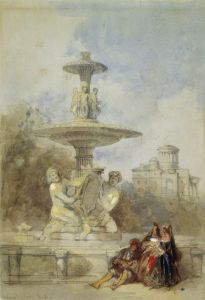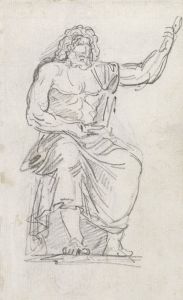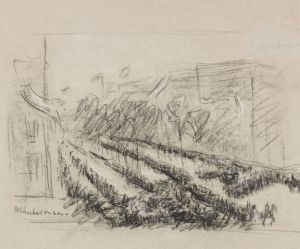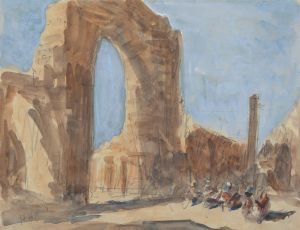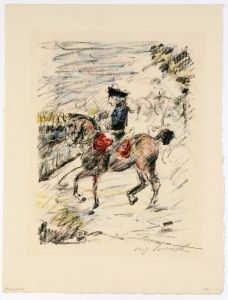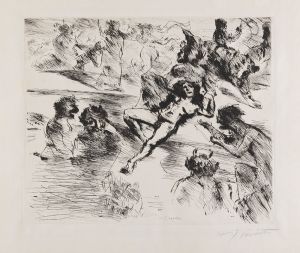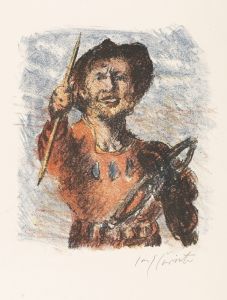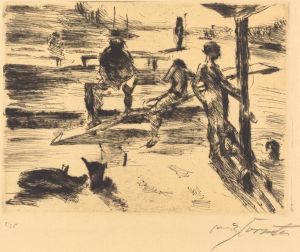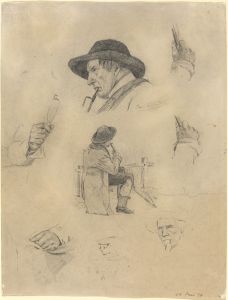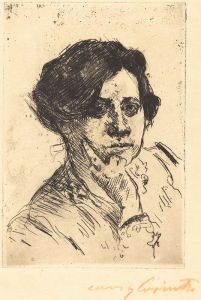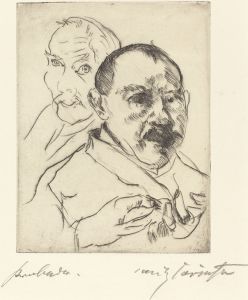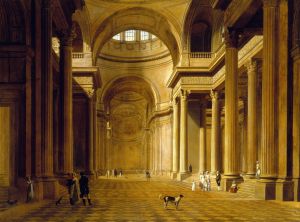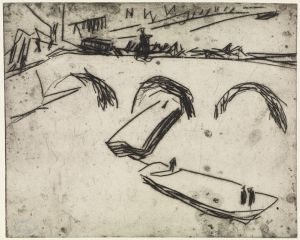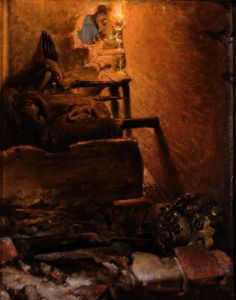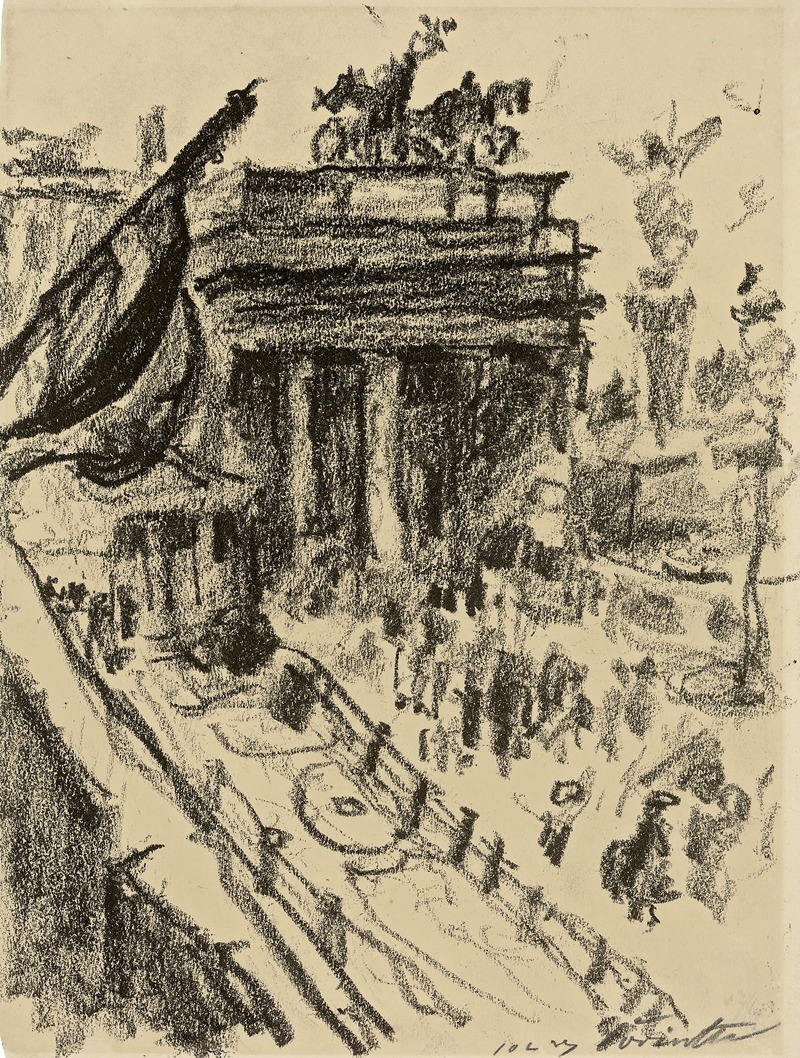
Brandenburger Tor
A hand-painted replica of Lovis Corinth’s masterpiece Brandenburger Tor, meticulously crafted by professional artists to capture the true essence of the original. Each piece is created with museum-quality canvas and rare mineral pigments, carefully painted by experienced artists with delicate brushstrokes and rich, layered colors to perfectly recreate the texture of the original artwork. Unlike machine-printed reproductions, this hand-painted version brings the painting to life, infused with the artist’s emotions and skill in every stroke. Whether for personal collection or home decoration, it instantly elevates the artistic atmosphere of any space.
Lovis Corinth, a prominent German painter and printmaker, created the artwork "Brandenburger Tor" in 1926. Corinth was a leading figure in the transition from Impressionism to Expressionism in German art, and his works are known for their vibrant colors and dynamic brushwork. The painting "Brandenburger Tor" is a significant piece that reflects Corinth's mature style, characterized by a bold use of color and expressive technique.
The Brandenburg Gate, or "Brandenburger Tor" in German, is one of Berlin's most iconic landmarks. It was commissioned by King Frederick William II of Prussia and designed by Carl Gotthard Langhans. Completed in 1791, the gate has been a symbol of peace and unity. Corinth's depiction of the Brandenburg Gate captures not only the architectural grandeur of the structure but also the bustling life around it, providing a glimpse into the cultural and historical context of Berlin in the 1920s.
In the painting, Corinth employs a vivid palette and energetic brushstrokes to convey the vibrancy of the city. The Brandenburg Gate is portrayed with a sense of movement and life, as people and vehicles animate the scene. This approach is typical of Corinth's later works, where he often infused his compositions with a sense of immediacy and emotion. The painting reflects the dynamic atmosphere of Berlin during the Weimar Republic, a period marked by significant social, political, and cultural change.
Corinth's "Brandenburger Tor" is also notable for its historical context. By 1926, Corinth had experienced significant personal and professional transformations. He suffered a stroke in 1911, which affected his mobility and artistic style. Despite these challenges, he continued to paint, and his later works, including "Brandenburger Tor," are often seen as more expressive and introspective. This painting is a testament to Corinth's resilience and adaptability as an artist.
The artwork is housed in the Berlinische Galerie, a museum dedicated to modern art, photography, and architecture in Berlin. The gallery's collection includes works from the Berlin Secession, an art movement that Corinth was actively involved in. His association with the Berlin Secession reflects his commitment to modernism and his influence on the development of German art in the early 20th century.
"Brandenburger Tor" by Lovis Corinth is an important piece that not only showcases the artist's mature style but also serves as a historical document of Berlin during a time of transformation. The painting remains a valuable part of Corinth's oeuvre and continues to be appreciated for its artistic and historical significance.





